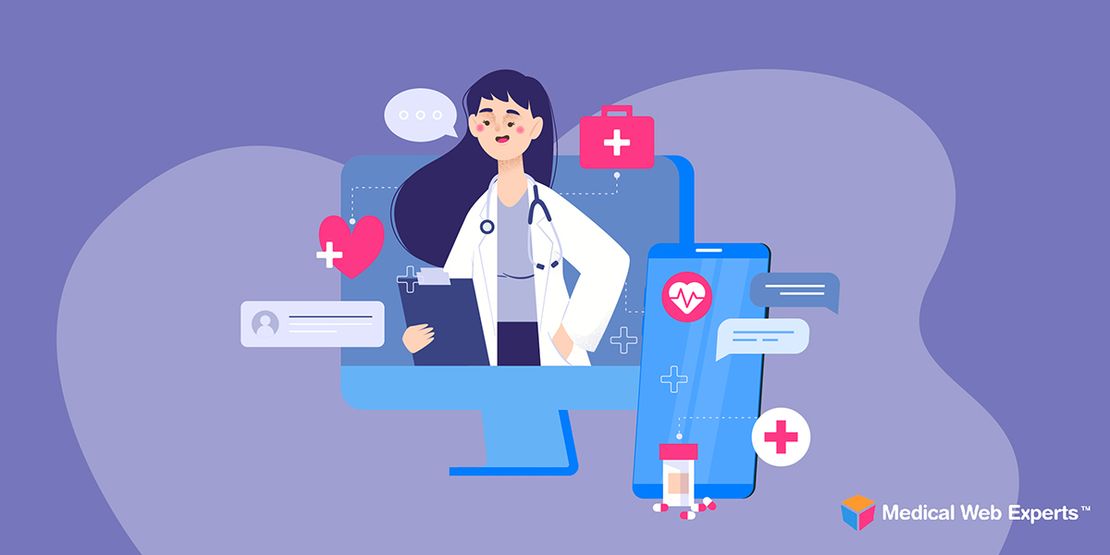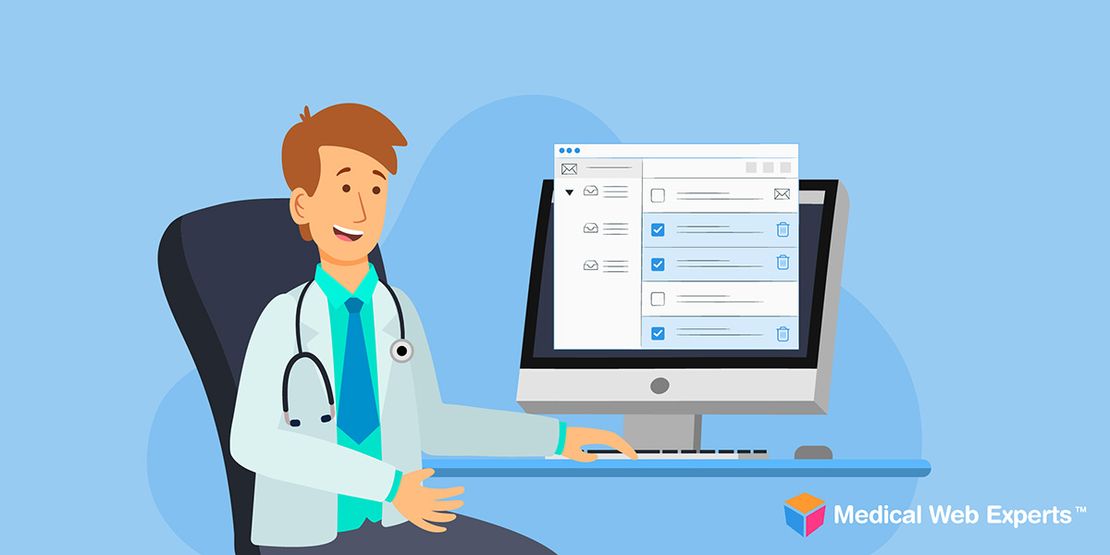COVID-19 testing laboratories are under enormous pressure and are straining to keep up with demand. The surge fueled by the highly contagious Omicron variant broke records[1]–to date, there have been 802,155,339 tests performed in the United States, and there is no sign that the need for Covid lab testing will subside. COVID-19 testing is now part of daily life, and laboratories need tools such as custom lab software to optimize processes and improve end-to-end efficiency for both laboratory professionals and patients.
Frustration at testing tents has also become the norm, with common complaints of hours-long lines at testing sites, sometimes in extreme weather; days-long wait times to obtain an appointment; and lengthy turnaround times for results.[2]
Custom lab software development can improve workflow, thereby alleviating the manual burden from laboratory personnel and reducing delays caused by human error. Utilizing digital technology at Covid testing sites can increase capacity, protect patient privacy, and reduce the risk of virus transmission to staff.
Below, we outline four ways custom lab software can help Covid testing labs significantly improve operations and cope with the influx in the demand for testing.
1. Efficient Intake Process at Covid Lab Testing Locations
To stem the spread of the virus, the world learned to minimize contact with surfaces and face-to-face communication. “Contactless” payment and “no-contact” delivery entered our everyday lexicon. Our smartphones became a critical tool in everyday interactions and transactions.
Covid lab testing tents are high-risk environments that need to take the same approach of wielding digital tools to protect lab staff and prevent the spread of the virus.
Many testing sites have relied on having a patient fill out their personal information on a paper form or having the patient dictate it to staff who enter it into their system. Aside from the glaring inefficiency of this process and the health risks associated with prolonged one-on-one communication, there are other reasons to eliminate this practice, such as to reduce:
- The chance for error in recording patient information (e.g. misreading handwriting, inaccurate data entry, mislabelling the test tube, etc.).
- Privacy/security risks associated with paper forms and verbally sharing personal information in a public space.
- Challenges in communicating while wearing a mask–one in eight people in the United States aged 12 years or older have hearing loss in both ears.
Having patients digitally fill out their intake forms on a secure platform eliminates all of these barriers and risks. For the Covid lab, custom Covid lab software development facilitates the testing operation from end to end.
2. Streamlined Patient Experience & Rapid Results
With a custom lab portal, it’s possible to integrate advanced features, such as QR codes, that help reduce the risk of errors and streamline the patient experience. QR codes can serve as a convenient and streamlined method for patient intake and can help improve the testing process.
An example of a streamlined patient and administrative experience with a custom lab portal is as follows:
- A patient scans a QR code to register on the laboratory’s portal and complete the intake process from their smartphone or another mobile device.
- Once registration is completed, the patient receives another QR code that is scanned by a lab technician.
- The patient’s information is automatically generated for the lab tech, which can then be used to generate and print labels for test tubes–eliminating the need for technicians to handwrite any patient information.
- A notification is sent to the patient as soon as their results are available, with clear instructions on how to access their Covid test results in the app, which are in a HIPAA-secure format requiring login and/or verification.
- The test results are generated in a mobile-responsive display that displays properly across all devices (i.e. desktop, tablet, and mobile). Results are easily shareable electronically, in a print-friendly PDF, to authorized recipients within a portal or at secure links. For example, patients should be able to invite their physician to view results.
3. Scalability for Increases in Testing Demand
What both the Delta and the highly transmissible Omicron variant have taught us is to expect surges of Covid infections. In early January 2022, the seven-day average for new cases tripled in two weeks to more than 700,000 new infections a day. This led to an explosion in demand for PCR laboratory tests. According to data from Johns Hopkins University, by the end of January 2022, the seven-day average for COVID-19 tests reached almost 3 million, breaking all previous records. Testing labs need reliable and secure custom lab software that can automatically scale up and handle large amounts of user traffic and data. They also need software with the flexibility to add or change functionality as the pandemic evolves and continues its course.
An efficient custom lab software uses a modular architecture, cloud services, and elastic technologies. Elastic technologies allow the app to scale automatically and grow in real-time, without the need for human intervention. With these technologies, the app is able to scale even when traffic increases during off-hours.
Using cloud technologies means that services are not centralized in just one region or data center. Instead, they are spread among different data centers, protecting the app from issues that can occur with storing all data in just one server. This ensures that there are no interruptions in getting lab test results to patients.
4. LIS (Laboratory Information System) Integration & Optimized Workflows
In today’s world, people depend on Covid lab testing to go about daily life. Many rely on rapid results in order to return to work, school, or travel. But an inefficient laboratory workflow also has consequences on the personnel behind the massive undertaking of viral testing during this public health emergency. Burnout has reached crisis levels among clinical laboratory professionals, who are not as visible as physicians and nurses.[3] Even prior to COVID-19, the American Association for Clinical Chemistry (AACC) was raising the alarm on burnout, which can lead to increased pressure on the system, decreased quality of work, and human error.[4] All of these can have a serious impact on patient safety.
In a 2020 survey of laboratory professionals by the American Society for Clinical Pathology (ASCP), 85.3% of respondents reported having felt burnout in their job. Ominously, of those who felt burnout as a current issue, 44.4% were considering changing careers completely. The survey found a statistically significant connection between higher levels of job stress and presently experiencing burnout.
Custom lab testing software, when seamlessly integrated with an LIS (laboratory information system), is key to standardizing, improving efficiency, and optimizing internal workflows. A well-designed, user-friendly system that manages patient data, sample tracking, report management, and other critical components provides greater accuracy and an improved experience for both patients and staff. Custom software helps alleviate pressure on over-burdened laboratory professionals so they can focus on their work, which has a small margin for error and requires sharp mental acuity and exacting technical standards.
Choose Experts in Custom Lab Software Development
Medical Web Experts specializes in developing custom lab portals and apps. With our custom-designed web app, one client increased their COVID-19 testing capacity by 400% and was able to achieve a turnaround of 95% of test results delivered within 24 hours.
To learn more about Medical Web Experts custom lab software development services, or for a quote, contact us online or call 1-866-932-9944.
- Shumaker, L. (January 11, 2022) U.S. reports 1.35 million COVID-19 cases in a day, shattering global record. Available at: link. (accessed 31 January 2022)
- Taylor, N.P. (January 6, 2022) Quest’s COVID-19 test results turnaround hits longest wait since 2020. Available at: link. (accessed 31 January 2022)
- Miller, J.A. (October 1, 2022) Your Burnout is Real. Available at: link. (accessed 31 January 2022)
- Hernandez, J.S. (April 1, 2018) The Human Cost of Burnout and Errors in the Laboratory. Available at: link. (accessed 31 January 2022)


